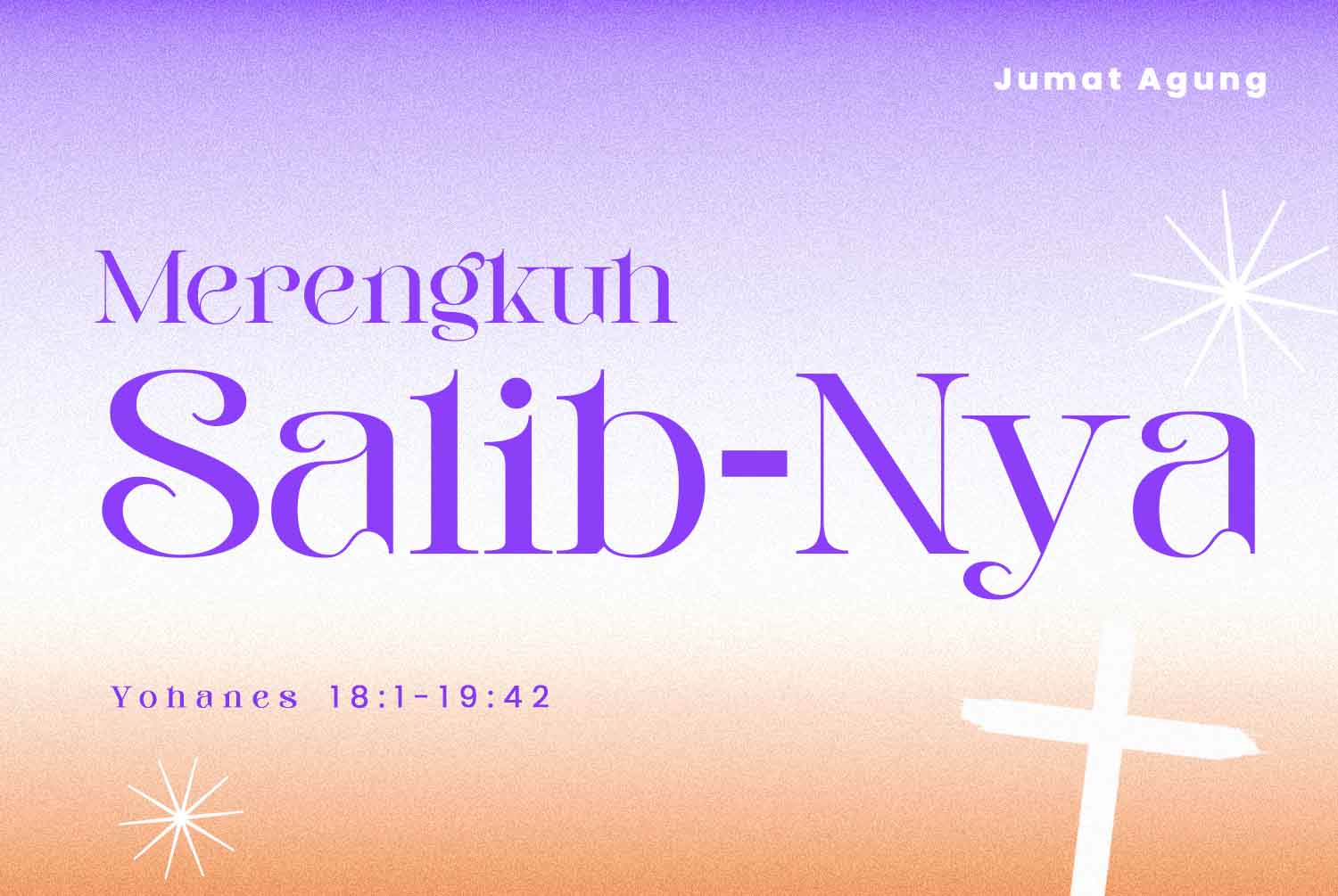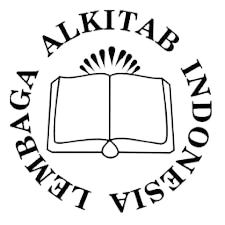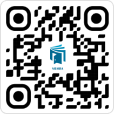The phenomenon of number symbolism is not uncommon in many cultures. In Chinese society, for example, the number 8 is considered lucky, while the number 4 is avoided because of its association with the sound of “death.” Likewise, in Western culture, the number 13 is often associated with bad luck. The question is, what about Jewish and Biblical traditions? Do numbers have special meanings in the texts of Scripture? The answer to this question brings us to a practice known as Gematria.
The Meaning and Origin of Gematria
Gematria comes from the Greek geometria (geo = earth, metria = measurement), which originally referred to the practice of measuring land in Egypt. In the Jewish context, this word was absorbed into Hebrew as gematria (גימטריה), the plural of which is gematriot, and is understood as a method of interpretation that associates Hebrew letters with certain numerical values. This understanding arises from the belief that God created the world through the word, namely through words and letters. Therefore, each letter is believed to contain divine power that can create and store hidden meanings.
Gematria in the Context of Jewish Interpretation
In the Jewish tradition, there are four main approaches to interpreting Scripture, known by the acronym PaRDeS:
- Peshat (פְּשָׁט) – literal or literal interpretation. This method is used to find the “original” meaning based on grammar, philology, context, etc. Peshat has subsequently become the most ‘scientific’ and legitimate method, especially since the modern era (“Enlightenment”).
- Remez (רֶמֶז) – allegorical or symbolic interpretation. Remez means ‘hint’. A method that seeks to find the allegorical meaning of the text.
- Derash (דְּרַשׁ) – homiletic interpretation, using allegories and metaphors. A method that seeks to “discover the deepest meaning” with the help of homilies, allegories and metaphors. Used in midrash.
- Sod (סוֹד) – mystical or secret interpretation. Sod means “secret”. A method that assumes that words are incapable of expressing meaning or truth. Truth transcends human concepts and thoughts. Thus, according to interpreters, the Bible is like a book full of codes, which can be understood through various word, sound or number plays.
Gematria is usually associated with the Sod approach, although it also overlaps with Derash and Remez, as it is concerned with finding hidden meanings behind the word or number structure of the text.
History of Numbers and Numerical Systems
Humans began counting long before they learned to write. Numerical systems have been used since 7000 BC, while writing did not develop until around 3000 BC. The human tendency to count and give meaning to numbers is very old, and the number systems used are diverse: based on 10 (according to the number of fingers), 20 (fingers and toes), or 12 (because of maximum divisibility), even 60 as in the Babylonian and Sumerian traditions—a system that we still use today to divide time and degrees.
Religious Meaning of Numbers
In ancient Sumerian documents, numbers have been used to mark divine positions. The highest god is given the number 60, the Earth God 50, the Moon God 30, and the Sun God 20. This practice reflects that the assignment of numerical values to spiritual entities has been present since ancient times, not only as a symbol of power, but also to structure religious cosmology.
Gematria Structure in Hebrew
In Hebrew, there is no specific symbol for numbers. The letters of the Hebrew alphabet are also used as number symbols. For example: Alef = 1, Bet = 2, Gimel = 3, and so on. The last letters of the alphabet (Kaf, Lamed, Mem, Nun, and others) are used for tens and hundreds. With this system, a word can be converted into a certain number, and words that have the same number are considered to have a deep connection in meaning.
Kabbalistic Literature and Gematria
Gematria was highly developed in the medieval Jewish mystical tradition, especially in the Kabbalah. One relevant text is the Sefer Yetzirah (Book of Creation or Book of Formation), which states that God created the world with 32 paths of wisdom through three Sefarim: Sefar (letters), Sefer (numbers), and Sifur (sounds). The 22 Hebrew letters were considered channels of creation, each containing a creative potential emanating from the Divine.
Gematria in Christian Tradition
The early Christian tradition also recognized the symbolism of numbers. In the text of the Sibyl Oracle, Jesus is identified by the symbol of the “triple eight” (888), which is composed of the Greek letters Iesous: Iota (10), Eta (8), Sigma (200), Omikron (70), Upsilon (400), Sigma (200). The number is 888—a symbol seen as the opposite of the "triple six" (666) in the Book of Revelation—a symbol of imperfection or total evil, associated with Emperor Nero. Here, numbers become a medium for revealing hidden theological identities and meanings.
Other Forms: Notariqon and Temurah
In addition to Gematria, the Jewish tradition also recognizes Temurah and Notariqon. Both approaches are used in an attempt to unearth hidden meanings in sacred texts, based on the belief that every detail in the biblical text contains a divine mystery worth exploring.
Temurah: Letter Exchange Based on a Certain System
Temurah (תמורה) means “exchange” and refers to the technique of replacing letters in a word with other letters according to a certain system. The goal is to generate new words that reveal hidden meanings or additional interpretations of the text. One of the most famous methods in Temurah is the Atbash system.
Atbash is a substitution system in which the first letter of the Hebrew alphabet (Alef) is exchanged for the last letter (Taw), the second letter (Bet) for the penultimate letter (Shin), and so on. Thus, the 22 Hebrew letters are divided into two groups that pair with each other in reverse order.
Example:
Jeremiah 25:26 and 51:41 mention “Seskah” (שֵׁשַׁךְ) which in Temurah Atbash is the code form of “Babel” (בָּבֶל), namely Babylon. This technique is used to disguise or imply meaning in prophetic or apocalyptic contexts.
With Temurah, interpreters find symbolic or even prophetic meanings, expanding the horizons of creative and speculative interpretation of the text.
Notariqon: Forming Meaning from the First or Last Letter
Notariqon (נוטריקון) is a technique of forming meaning by using the first (or sometimes last) letters of words in a phrase to form a new word. It is similar to an acronym in modern languages. Notariqon is generally used in haggadic (non-legal) interpretation, not in halakhic (legal) texts. Therefore, its use is limited to narrative, poetic, or mystical portions of the Bible.
Example:
Tanakh (תנ״ך) is an abbreviation of Torah (Torah), Nevi’im (Prophets), and Ketuvim (Writings), which are the three main divisions of the Hebrew Bible.
Amen (אָמֵן): In the notariqon tradition, considered an abbreviation of El Melekh Ne’eman (אל מלך נאמן), which means “God, the Faithful King.” Deuteronomy 30:12 → לֹ֥א בַשָּׁמַ֖יִם הִ֑וא לֵאמֹ֗ר מִ֣י יַעֲלֶה־לָּ֤נוּוְנַעֲשֶֽׂנָּה
In rabbinic commentary, the last letters of the phrase מִ֣י יַעֲלֶה־לָּ֤נוּ הַשָּׁמַ֨יְמָה֙ can be formed into the notariqon YHWH (יהוה), Yod (from the end of the word mi), He (from the end of the word ya’aleh), Waw (from the end of the word lanu) and He (from the end of the word hasama’imah). This shows that the notariqon can be used even in reverse or from the position of the last letter.
These two methods, along with gematria, reflect a deep desire in the Jewish tradition to find depth of meaning in every aspect of the biblical text. Behind every letter and wording, the rabbis and mystics saw a hidden divine presence and message.
Gematria is a form of interpretation that reveals how numbers serve as symbolic language in sacred texts, holding meanings behind the written words. While the practice is most developed in the Jewish and Kabbalah traditions, echoes of similar thinking are also found in early Christianity. As part of our hermeneutical heritage, gematria reminds us that the Bible contains not just a literal message but also layers of deeper, hidden meanings—including those revealed through numbers.

























